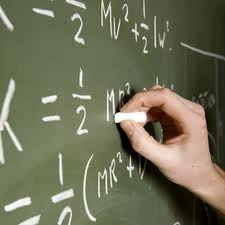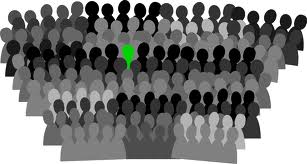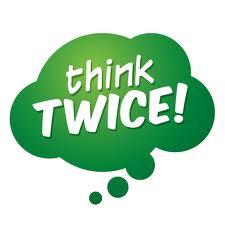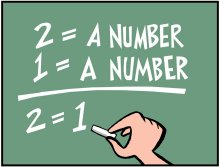Speaking (and possibly dreaming) about Whales seems to be one of the favorite topics among horseplayers.
Despite the fact that we have close to nothing when it comes to concrete information about them, the rumor has it that they exist and thrive. The actual numbers thrown around about them are very impressive as I have heard claims for a whale betting as high as $500M total handle per year which would return in a rebate total the range of $50M.
The common belief is that whales, have developed very sophisticated models (besides the fact there is no evidence of it) and are able to predict the outcome of the race with the closest possible accuracy, taking advantage of us, the naive and addicted horse bettors who remain hopeless in our battle against them!
What I find really interesting, is the fact that since there are claims for multiple whales they need some kind of an agreement to no bet against each other. In the case where whales are going to compete among them, considering the size of their betting any advantage they might have over the crowd, will by shortly evaporated since the largest portion of the pool will be their money. Of course we cannot rule out this type of a silent contract among them but in this case we have to realize that their share is shrining proportionally to their count.
As a player, I am not concerned about their handicapping expertize, not even about their betting execution plans… The only real advantage they have over a middle or large player is their rebate percentage. The whole idea behind applying different rebates levels based in total handle represents a very unfair concept (for the small player) that the race tracks and AWD seem not to care about.
To understand how unfair this is let me give the following example:
The total pool for a given bet is $100K. The take out for this particular bet happens to be 25% so the effective pool will be $75K while the $25 are going to the track.
Out of the total $100K 30% of it consists of whale money so we have the following break down for the effective pool:
Whales: $22.5K
Public: $52.5K
Let’s assume that the public receives a 3% rebate while the whale a 10%. Based in this assumption we have the following rebates:
REBATES
Whales: $2,250 (58.9% of the total rebate)
Public: $1,575 (41.1% of the total rebate)
——
total : $3,825
As I said before the total take out is $25,000 which is distributed as follows:
TAKEOUT
Whales: $ 7,500 (30% of the total takeout)
Public: $17,500 (70% of the total takeout)
——
total : $25,000
So you understand that although whales only pay for 30% of the total takeout they still are getting back almost 60% of the total rebate.
Who is actually paying for this advantage is left as an exercise for the reader!










